The rich countries using most fossil fuels
Nations sticking with oil, coal and natural gas
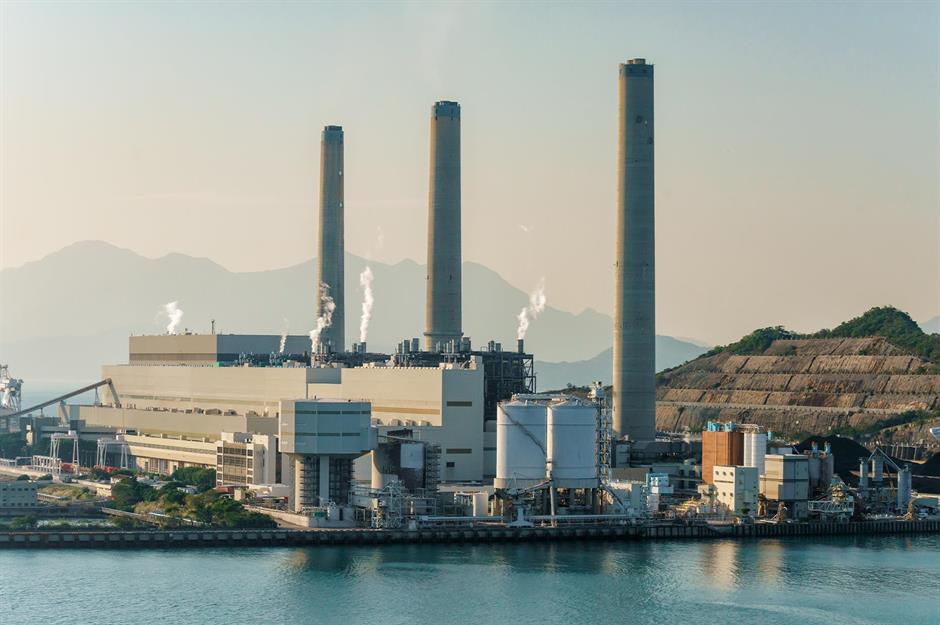
Despite politicians' promises, many nations still rely heavily on oil, coal, and natural gas.
As Russia's war with Ukraine continues to wreak havoc on the global oil and gas industry, the International Energy Agency (IEA) has announced that worldwide coal investment could rise by 10% this year as a result of the ongoing conflict.
Read on to discover the 30 key countries that are still banking on fossil fuels. All dollar amounts in US dollars.
Finland: 47% fossil fuel reliance
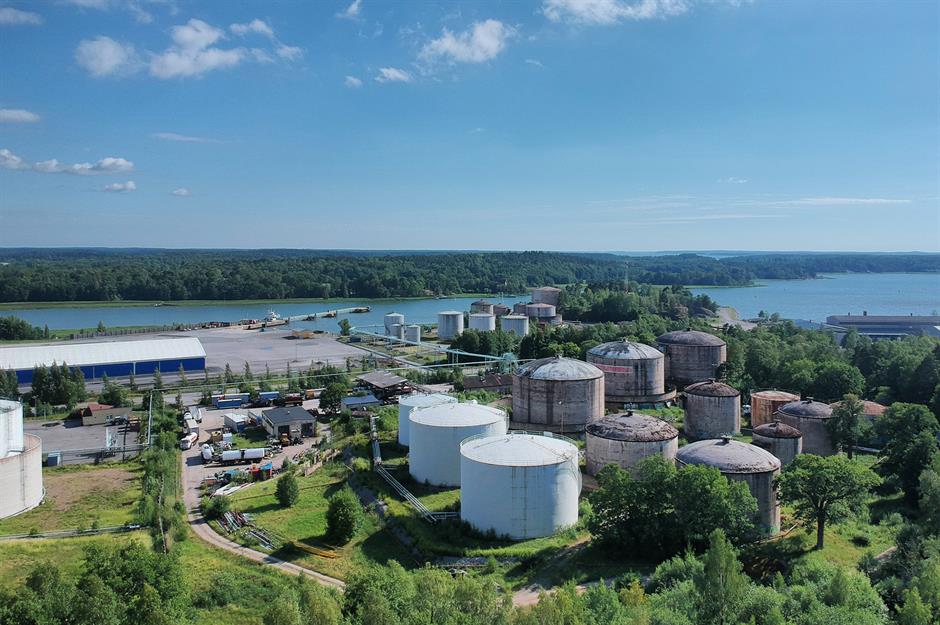
When it comes to energy consumption, Finland has been increasing its usage of hydroelectric and renewable energy. However, nearly half of the energy it consumed throughout 2021 came from fossil fuels, and a further 20% from nuclear sources.
Without any oil, gas or coal reserves of its own, the nation has long relied on neighbouring Russia for much of its energy. After Russia invaded Ukraine in February 2022, Finland quickly replaced its oil with another supplier.
In May 2022, Russia cut off its natural gas exports to Finland when the Scandinavian nation refused to pay with roubles, the Russian currency.
At the time, Gasgrid Finland, the state-owned company in charge of natural gas transmission, said it was prepared for any halt in supply from Russia. In December 2022, after Gasgrid Finland signed a 10-year charter deal with America's Excelerate Energy, it was announced that the country would receive a floating liquid natural gas (LNG) terminal.
Positioned in the Baltic Sea, the LNG should supply Finland with natural gas for the next 10 years.
Switzerland: 47% fossil fuel reliance

Much like Finland, Switzerland relied on fossil fuels for almost half of its 2021 energy consumption.
It also imported much of its gas supply from Russia going into 2022. However, protesters took to the streets of Bern to voice their support for Ukraine after the Russian invasion, with many calling for a ban on Russian gas.
In Zurich, meanwhile, city officials had already begun reducing the use of natural gas over the last decade in a bid to fight climate change. Residents hadn't fully approved of the idea, but attitudes quickly changed when people realised they didn't want to be dependent on Russia. In preparation for the winter, the government launched an energy conservation plan to help ration out supplies.
While the Swiss have some of the highest rates of renewables, another 16% of the country's energy consumption came via nuclear power in 2021.
France: 50% fossil fuel reliance
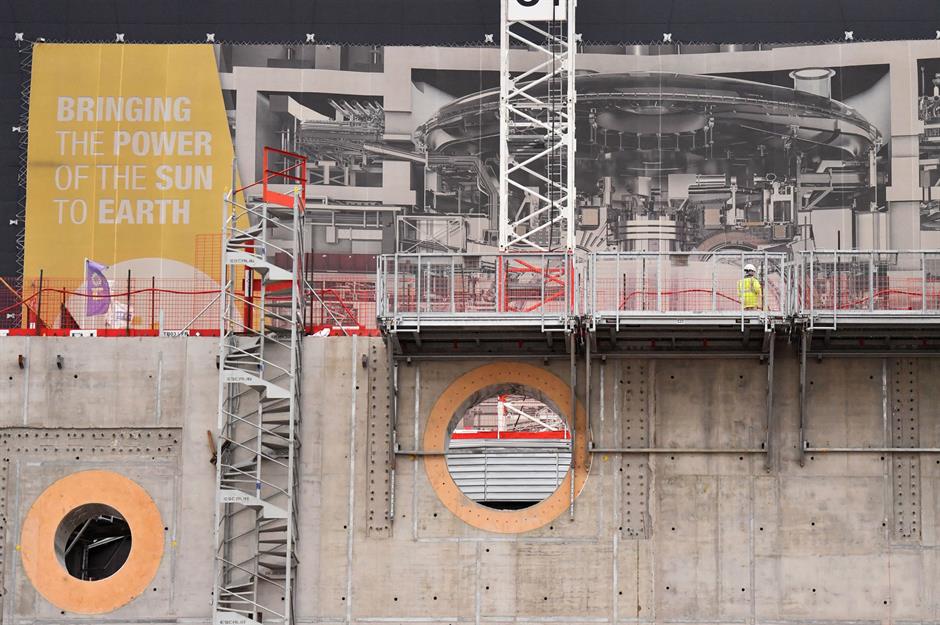
While more than a third of the energy consumed by France throughout 2021 was derived from nuclear power sources, it still relied on fossil fuels for a further 50% of its energy.
President Emmanuel Macron has made nuclear even more of a priority for France in a bid to reduce its reliance on foreign fossil fuel imports, and in early 2022 he announced plans for 14 new reactors in a bid to make the country carbon-neutral by 2050.
However, construction isn't likely to start any time soon for the reactors, with breaking ground for the first unit scheduled for 2027.
Brazil: 53% fossil fuel reliance
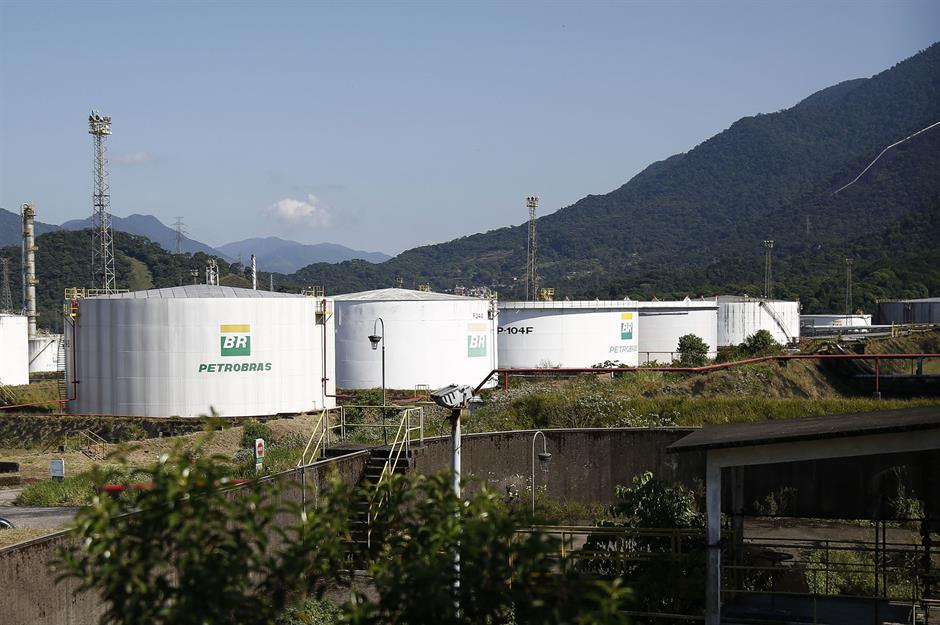
Despite significant investments to build local wind farms, fossil fuels still loom large in Brazil's energy consumption.
In early 2022, its congress passed a law providing subsidies for coal until at least 2040. This subsidy was previously set to expire by 2027.
Critics highlighted the law's contribution to increasing carbon emissions, pointing out that renewable energy sources would be cheaper for consumers.
Newly-elected president Luiz Inácio Lula da Silva and his administration have already spoken out about their plans to significantly reduce deforestation in the Amazon and develop more renewable energy sources.
New Zealand: 60% fossil fuel reliance

New Zealand is fortunate to have ample renewables at its disposal, including hydroelectric, geothermal, and wind power.
But even with all those resources, fossil fuels still accounted for the majority of its consumption in 2021, including a significant increase in the amount of coal burned compared to previous years.
This is largely attributed to low water levels limiting hydropower output. The NZ energy minister has said that the government hopes to avoid these situations in the future by investing in ways to store energy from renewables, but these solutions are still being studied, with no concrete timeline for implementation.
Austria: 62% fossil fuel reliance
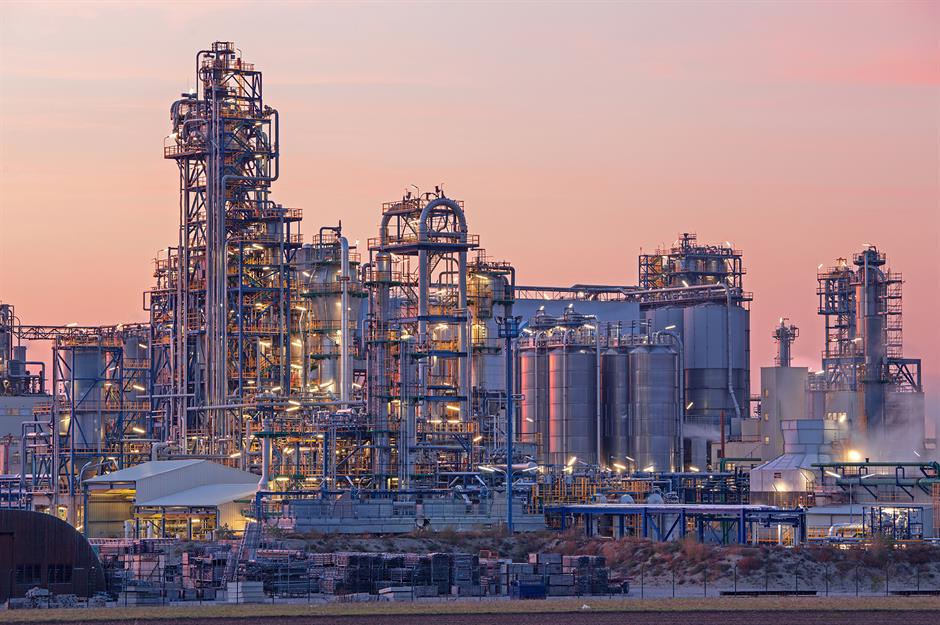
In 2020, Austria closed its last coal-powered plant, making it only the second country in Europe to be able to do so.
However, it's still predominantly consuming fossil fuels, relying on natural gas instead of coal. With Russian oil supplies curbed due to the war, June 2022 saw Austria announce plans to bring the shuttered station back online.
Austria is quickly investing in renewable energy, however, including new geothermal, hydropower, and solar projects and partnerships. It's even banned the sale of new gas boilers as of this year – something other European countries are still considering.
Canada: 64% fossil fuel reliance

Canada is a leader when it comes to hydroelectricity, yet its energy consumption is still vastly derived from fossil fuels.
Along with meeting its own energy needs, there's also a lucrative market for selling crude oil to refineries south of the border. As much as 80% of its oil is piped to buyers in the US, and many of those have recently invested billions in operations that are specially designed to process the crude of Alberta's oil sands.
During his election campaign, Prime Minister Justin Trudeau pledged to end Canadian fossil fuel subsidies by 2023, a promise he made good on in December 2022. But as long as the US is buying, it's hard to imagine anyone will be turning off the tap...
Portugal: 67% fossil fuel reliance

Portugal is one of the European nations that's least reliant on Russia for its energy supplies, although it does still depend on imported fossil fuels for the majority of its consumption.
It's certainly made progress in reducing its greenhouse gases, closing its last two remaining coal plants in 2021. And as part of the country's pandemic recovery plans, it's sourcing EU grant money to invest in renewable energy, including hydrogen and biomethane gas production.
Biomethane is produced by the waste and organic matter in landfills, and in July 2022 government officials celebrated its first use in the Portuguese gas grid.
Spain: 69% fossil fuel reliance
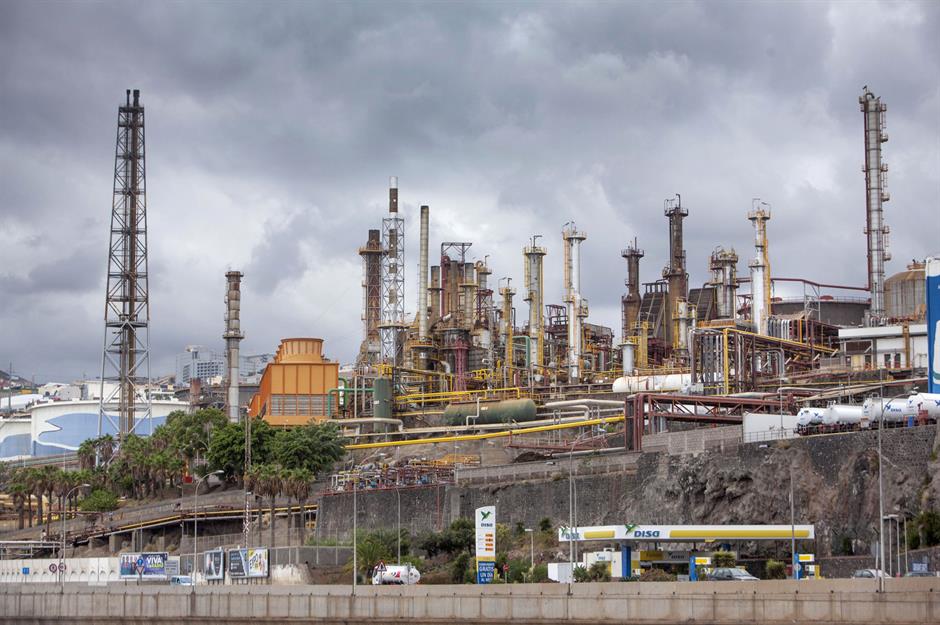
Portugal's neighbour Spain relied on even more fossil fuels for its energy consumption in 2021, with a further 9% sourced from nuclear power.
Even though it's still dependent on fossil fuels, the Spanish government actually put its 2050 goals for a fully renewable electric system into law back in 2021.
The law has banned all new oil, coal, and natural gas projects. It also restricts fossil fuel subsidies and will prohibit the sale of fossil fuel vehicles by 2040. After a decade of discussions and development, parliamentary approval for the climate law had been long awaited by many in Spain.
Belgium: 74% fossil fuel reliance
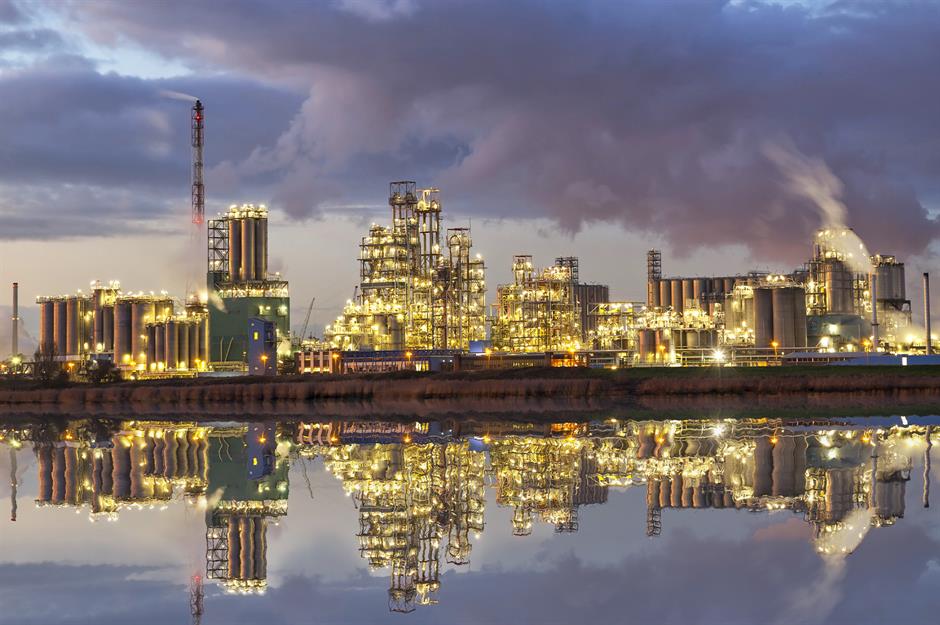
Belgium consumed very little renewable energy in 2021 when you factor in the additional 17% that was derived from nuclear power.
It's among Europe's most fossil fuel-reliant nations, with analysts expecting this dependency to actually increase over the next decade. In contrast, its share of renewables is likely to be lower on average compared to the rest of the continent.
At the same time, the Belgian government has made plans to phase out nuclear reactors across the country by 2025, raising even more concerns for electricity insecurity.
With the war in Ukraine creating uncertainty, two of Belgium's seven nuclear reactors have had their leases extended to 2036.
Germany: 76% fossil fuel reliance
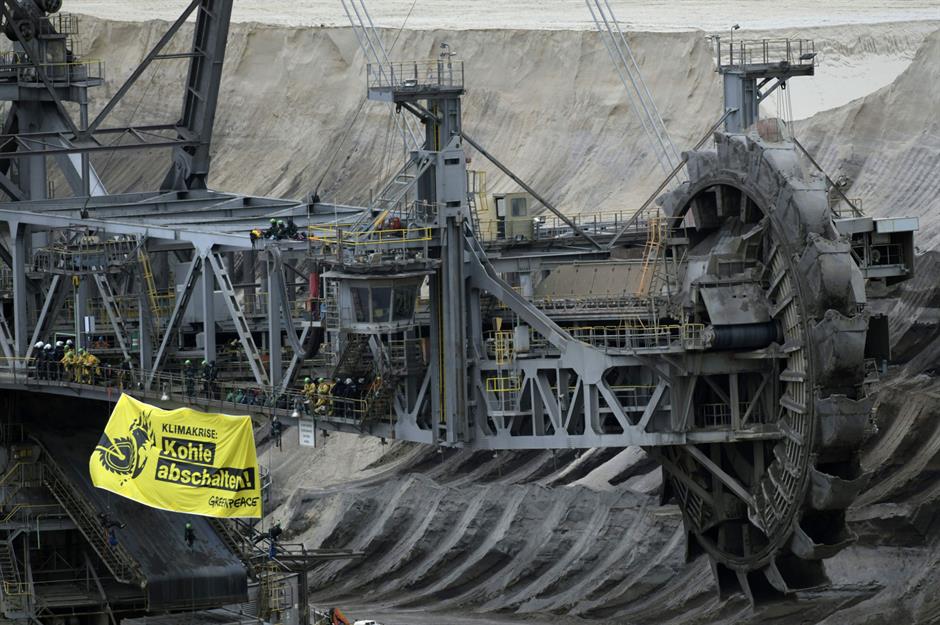
Despite the government's 'Energiewende' plan, which will see Germany almost completely decarbonise by 2050, the country continues to rely heavily on fossil fuels.
Germany faces a critical shortage of oil and gas due to the war in Ukraine, with Russia continuing to cut the resources delivered via the Nord Stream 1 pipeline. Chancellor Olaf Scholz fast-tracked the construction of a floating LNG terminal, which went online at the end of 2022.
Germany is also burning more coal to cope with the shortages from Russia, which has not come without its share of controversy. Despite all of this, it still expects to shutter its domestic coal mines by 2030, eight years earlier than previously planned.
UK: 76% fossil fuel reliance
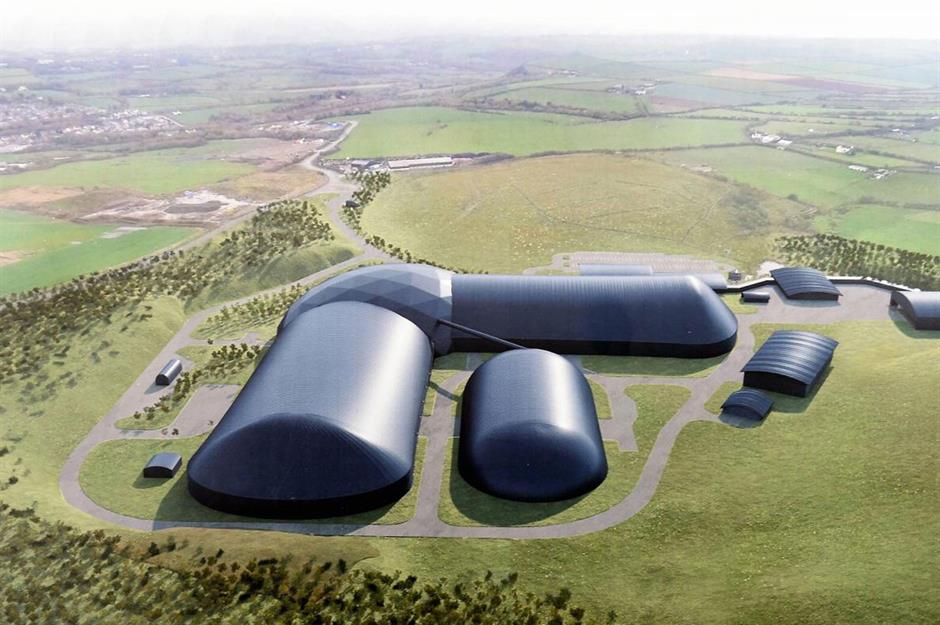
Fossil fuels make up a significant portion of the UK's energy consumption too and, like Germany, the nation is returning to coal.
In December 2022, the government approved the Whitehaven project in Cumbria, which will see the development of Britain's first new deep coal mine in more than 30 years.
Realistically, coal only generates a fraction of the United Kingdom's energy, with the nation far more reliant on oil and gas. Unfortunately, this dependence has meant households have been struggling to cope with increasing energy bills due to volatility in oil and gas prices, with millions estimated to have dropped into fuel poverty.
Hungary: 77% fossil fuel reliance
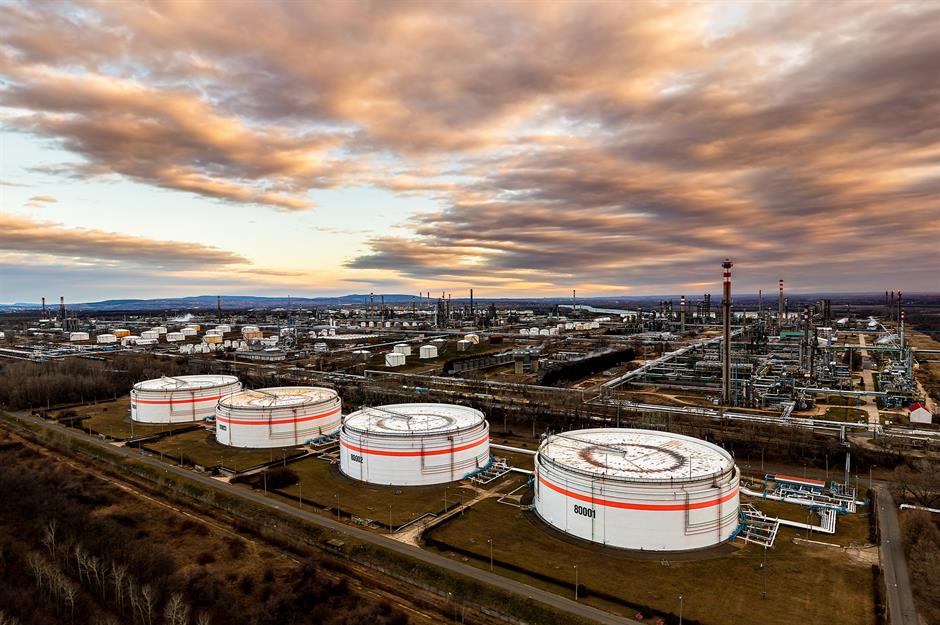
Hungary is one of the most fossil fuel-reliant countries in Europe, with almost all of its oil and natural gas supplies coming from Russia.
Another 14% of its consumed energy came from nuclear power, which is a major source for the country's electricity needs.
Following the Russian invasion of Ukraine, the Hungarian government issued a state of "energy emergency" in July 2022. This enabled it to increase what little domestic gas and coal production it has, as well as boost its gas imports from Russia.
At the time, the government reiterated its commitment to renewables while also stating that guaranteeing a secure supply of electricity from its nuclear plants was imperative. It's since approved two new Russian-built nuclear reactors and granted an extension for its four existing facilities.
Greece: 80% fossil fuel reliance
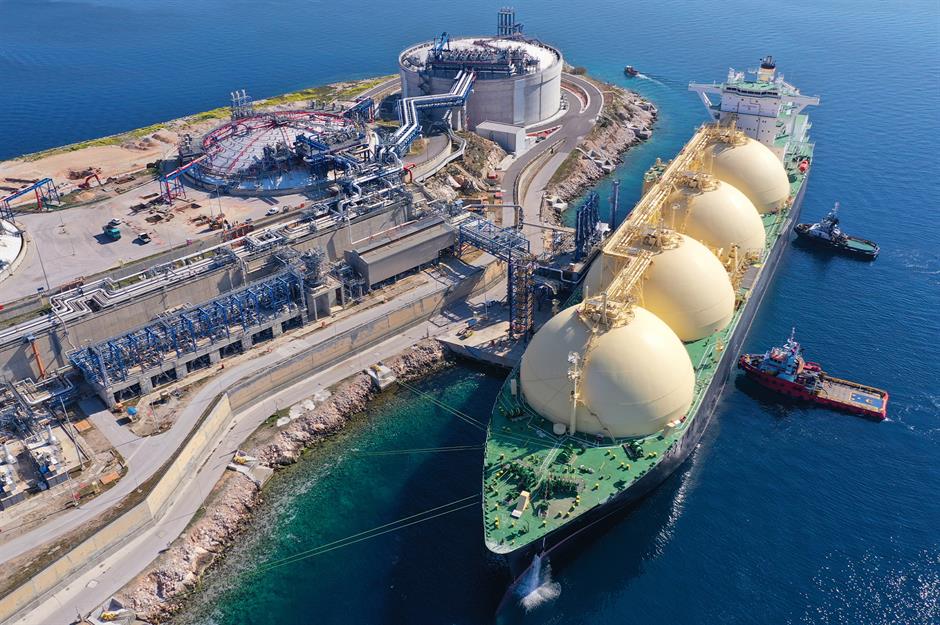
While many Greeks were celebrating in October 2022 when the country's electrical grid ran on 100% renewables for the first time, the reality is that energy consumed in the southern European nation is still predominantly sourced from fossil fuels.
Much of this – and especially gas – has been imported from Russia in the past. Quickly switching to new sources for its LNG terminal in 2022, Greek officials reported that they had reduced dependence on Russian gas by half in September 2022.
In a bid to further lower its reliance on natural gas in general, the country is also increasing its usage of coal, but describing it as a temporary measure.
USA: 81% fossil fuel reliance

Following the Trump administration, which proudly pursued a fossil fuel-friendly agenda, President Joe Biden and his administration seemed keen to turn things around.
While Biden is setting lofty goals for renewable energy production, there's still a long way to go for this power-hungry nation. Factoring in the 8% that came via nuclear power, very little of the energy consumed in 2021 came from renewables in America.
And the Russian war in Ukraine isn't making the situation any easier, impacting global demand for energy at the same time as economic activity is picking up in the US after the COVID-19 pandemic.
Italy: 82% fossil fuel reliance
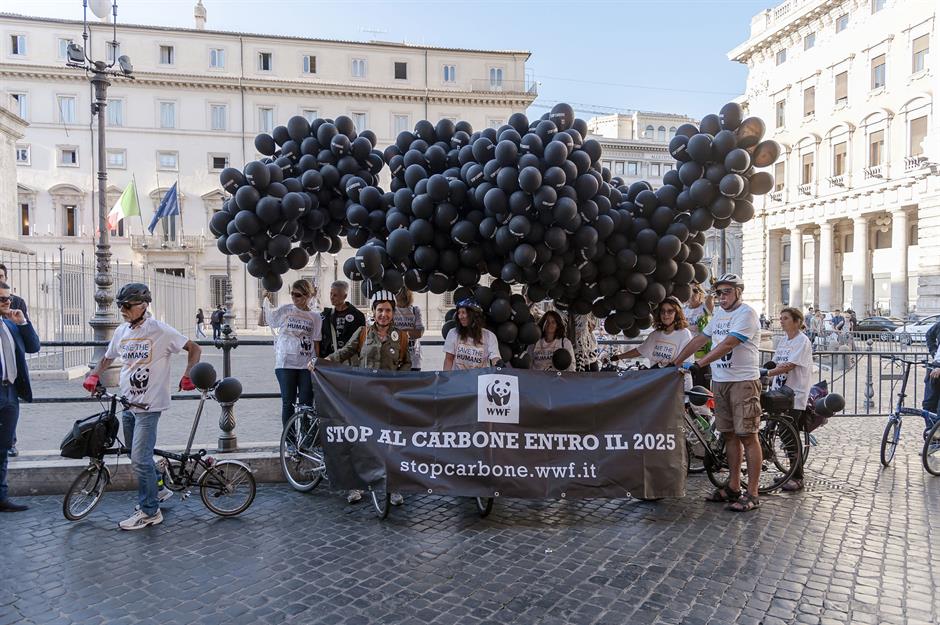
Italy remains reliant on fossil fuels, with oil and natural gas both benefitting from massive subsidies and tax breaks.
While it's ramped up its clean energy investments, Italy, like many of its European neighbours that are dependent on Russian power supplies, faced gas shortages following the invasion of Ukraine.
Italian energy group Eni has said it hopes to end its reliance on Russian gas imports entirely by 2025 – but this won't be due to an increase in renewables. Instead, it's planning to increase its imports from countries in North Africa, including Algeria and Egypt.
Turkey: 83% fossil fuel reliance
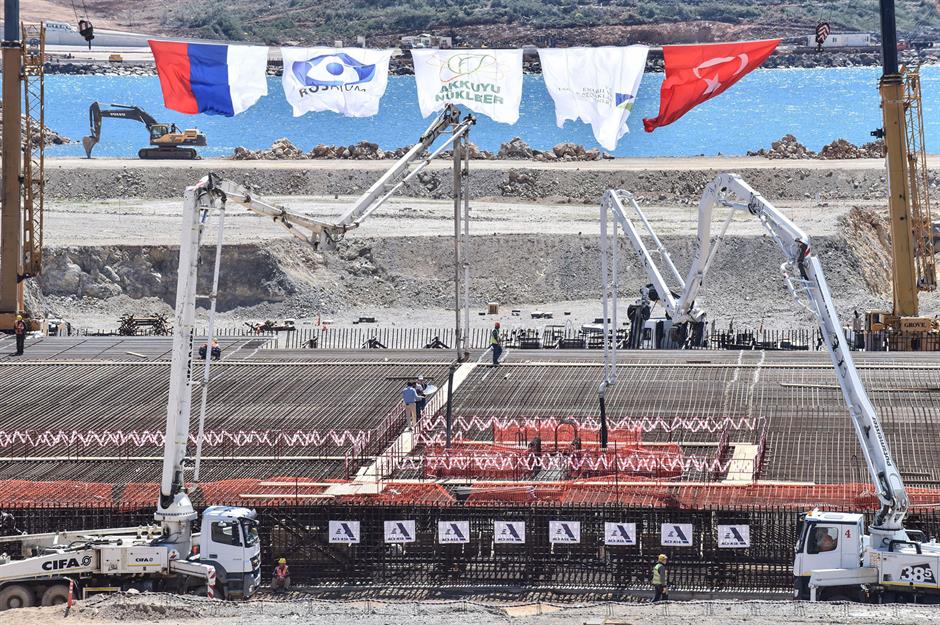
Renewables may make up half of Turkey's installed electrical power, but when it comes to what is being actually consumed, it's nowhere near as clean.
Fossil fuels are set to remain a large source of the country's energy supply with construction beginning in June 2022 on an underwater pipeline to tap a natural gas field that was discovered in the Black Sea in August 2020.
According to President Recep Erdoğan, the Sakarya field is expected to reach its peak production by 2026. The Turkish government hopes it will help the country end its reliance on foreign energy imports, and ensure energy security.
China: 83% fossil fuel reliance
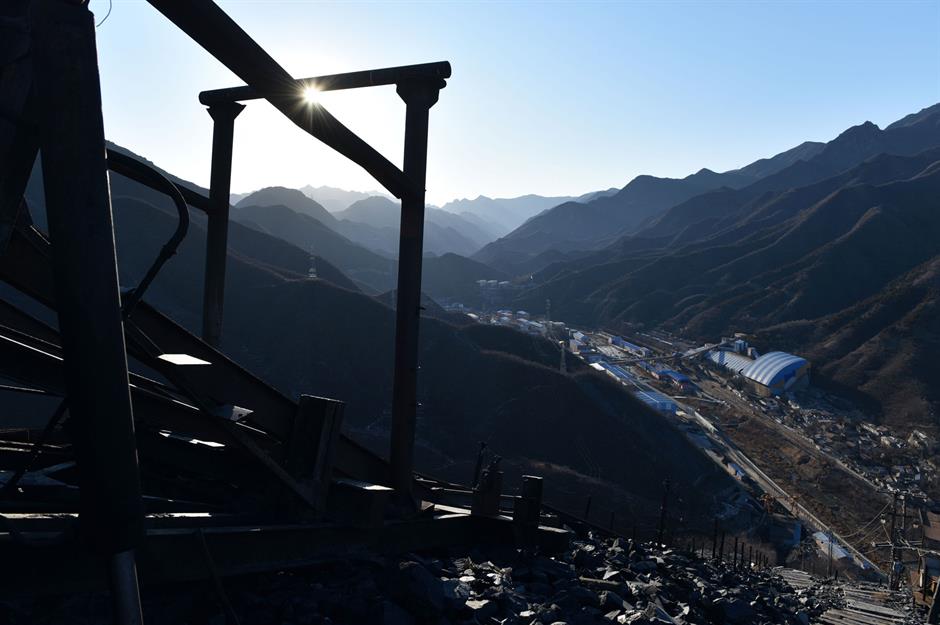
China consumes more fossil fuels by volume than any other country, so its heavy reliance on them comes as little surprise.
As the global demand for coal skyrockets due to Russian sanctions, China is ramping up its production, with record-high levels of coal and gas produced in 2022.
Like many leaders, President Xi Jinping has said he needs to prioritise energy security over environmental targets. That's not to diminish the nation's progress in making a green transition – after all, China is investing more than any other country into renewable energy – but it just can't keep pace with the growing demand.
South Korea: 85% fossil fuel reliance

Fossil fuels account for the lion's share of South Korea's energy mix, with nuclear making up an additional 11%. These are almost entirely imported, including from Russia.
While the democratic South Korea has voiced its support for Ukraine and imposed some sanctions against Russia, it still bought billions of dollars of its coal, oil, and gas throughout 2022.
The South Korean government is pursuing a "new deal" green agenda, hoping to derive upwards of 40% of its energy from renewable sources by 2034.
One of the country's big goals is to become a leader in developing hydrogen fuel-cell electric vehicles and large-scale stationary fuel cells – but whether this can be accelerated to reduce dependence on foreign imports is yet to be seen.
Japan: 85% fossil fuel reliance
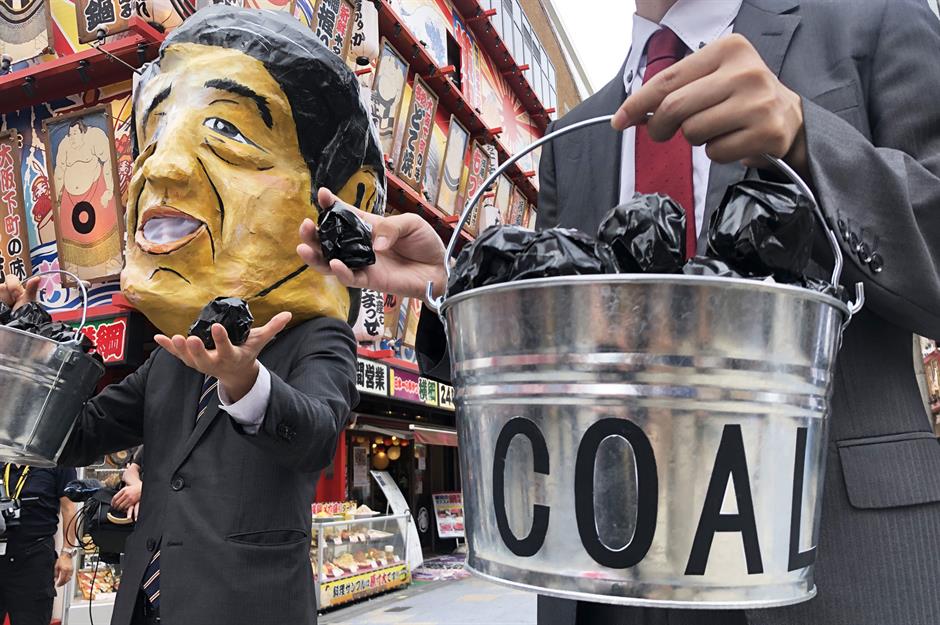
With the same rates of fossil fuel consumption as neighbouring South Korea, Japan is also struggling more than many other wealthy countries to limit its dependence on fossil fuels.
Following the Fukushima disaster in 2011, which saw a tsunami damage a nuclear power plant and cause a meltdown, the nation largely turned its back on nuclear power, with just 3% of its energy consumed in 2021 from this source.
Much like South Korea, Japan is still purchasing Russian fossil fuels despite imposing numerous sanctions on the country. With a looming energy crisis, the Japanese government decided in December 2022 to return to nuclear power in order to secure its energy supply.
New policies will allow decommissioned nuclear plants to be replaced, while the lifespans of plants that have remained operational will be extended.
Netherlands: 86% fossil fuel reliance
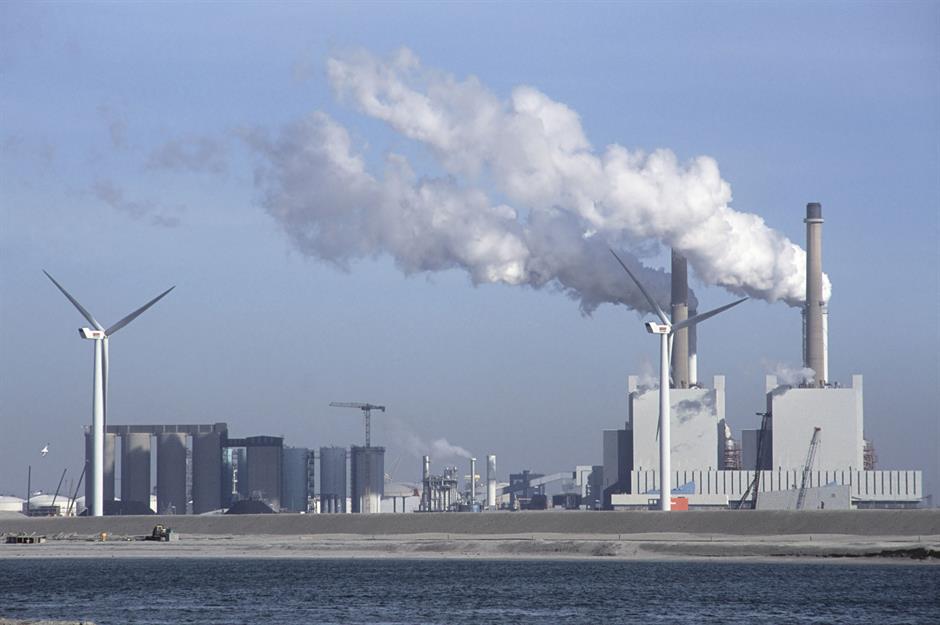
The Dutch government is trying to wean its country off fossil fuels. One area of focus is reducing the nation's dependency on Russian imports, although it relies heavily on these carbon-emitting energy sources.
Like many of its European neighbours, the Netherlands is stocking up on LNG imports and is busy promoting ways to reduce gas use in the wake of the Ukraine war.
The country is also home to Europe's largest gas field: Groningen. The government is committed to shutting it down, declaring that the gas field is unsafe due to earthquakes and other seismic activity from extraction activities. This has been a controversial decision locally as well as across Europe, particularly due to the ongoing energy crisis.
Australia: 87% fossil fuel reliance
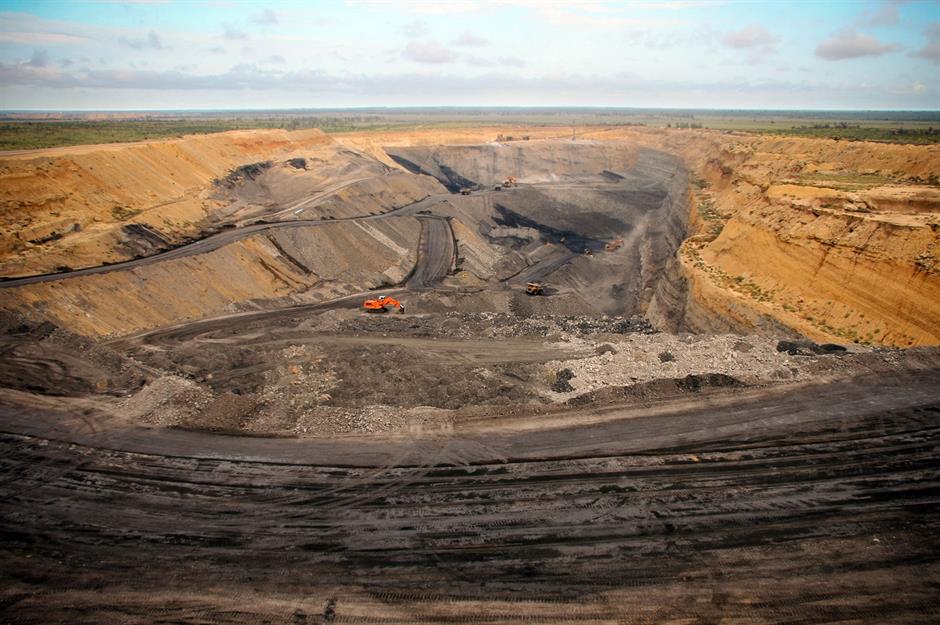
Australia is one of the largest producers of coal and natural gas, which is reflected in its exceedingly high rate of fossil fuel consumption.
With bans on Russian energy supplies, there's plenty of demand beyond its domestic market. Australia sent a shipment of LNG to Europe in late 2022 – something essentially unheard of prior to the invasion of Ukraine.
However, this heightened international demand has driven up domestic prices, with consumer advocacy groups reporting increases in the number of households that are struggling to pay bills.
India: 90% fossil fuel reliance
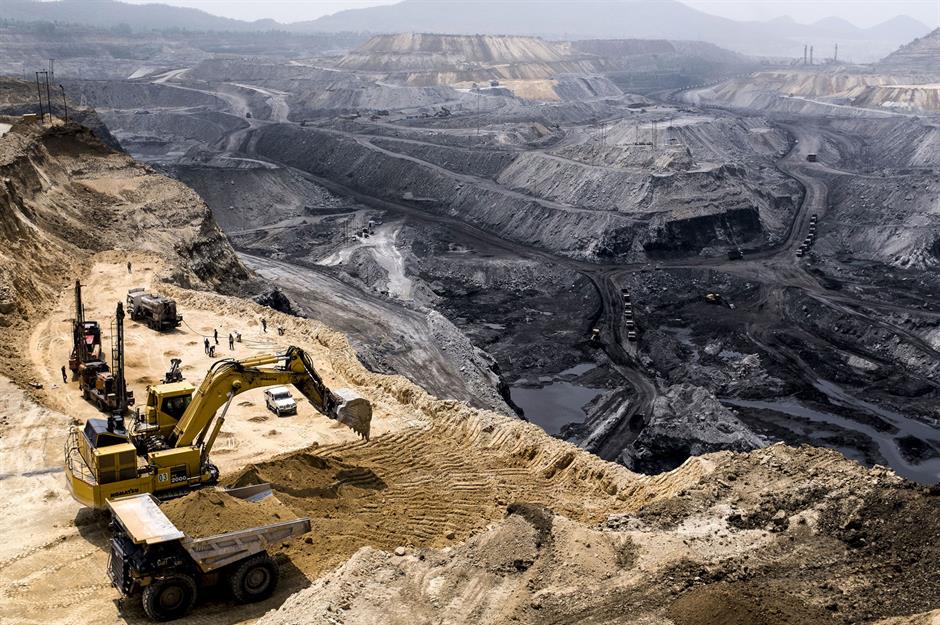
With one of the world's highest rates of consumption, India is among the countries that are banking big on fossil fuels.
As with many of the other governments on this list that have imposed sanctions on Russia, India is now one of the country's biggest buyers when it comes to oil, gas, and coal. In fact, Russia was its biggest oil supplier in both November and December of 2022.
Defending its decision to continue doing business with Russia, the Indian government said it needs to purchase energy supplies at the cheapest rate it can get. At the end of 2022, Western governments agreed a price cap to drive down global oil prices and, therefore, Russia's oil revenues.
The US has said that so long as countries that buy Russian oil don't use Western business (like insurers and finance firms) to facilitate these purchases, it's happy for them to "get that bargain".
Poland: 92% fossil fuel reliance
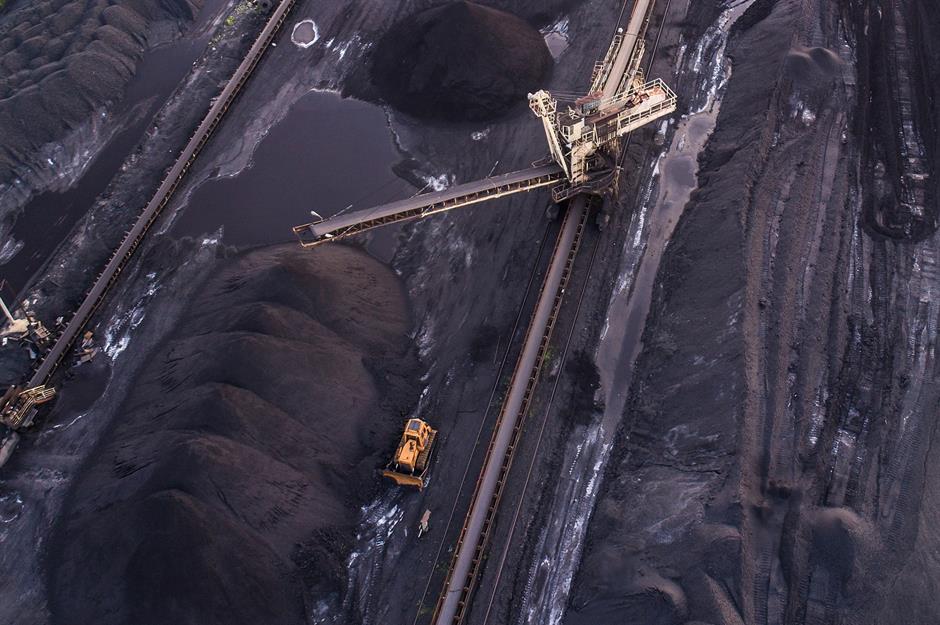
The most fossil fuel-reliant European country on this list, Poland's energy consumption is met largely through its coal mines.
Prior to the war in Ukraine, natural gas had been proposed as a way to aid the country's transition away from coal while its energy companies developed solar and wind resources.
Now, however, against the backdrop of the current energy crisis, the Polish government has delayed its plans to phase out existing mines, and may even allow new facilities to open. But it maintains that targets to close all coal mines by 2049 will stay in place.
Israel: 94% fossil fuel reliance
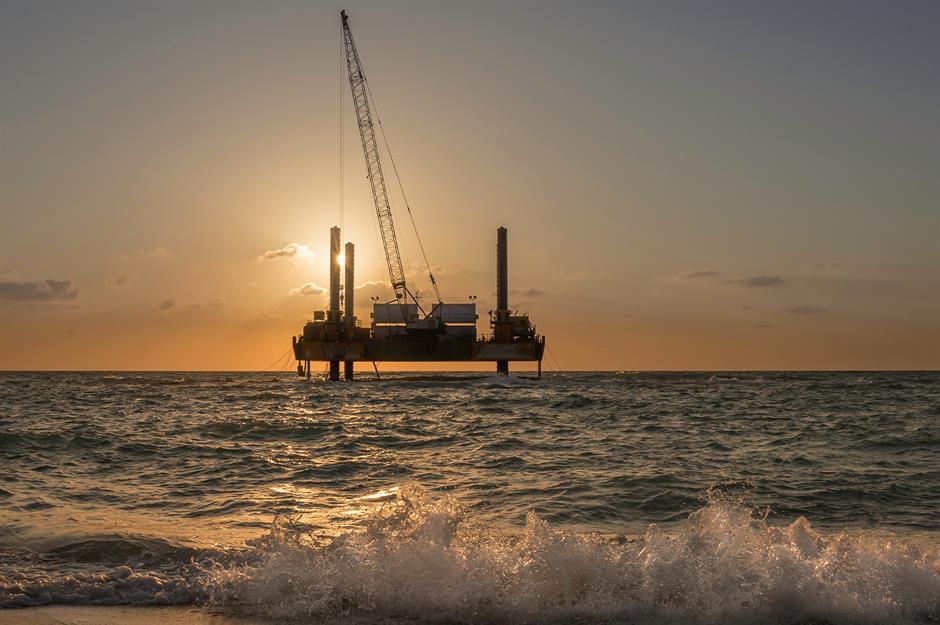
With offshore natural gas reserves in the Mediterranean Sea, Israel not only relies almost entirely on fossil fuels for its energy consumption, but it's also ready to export gas to the EU.
The country has long been researching pipeline options to the continent, but a variety of geopolitical and finance roadblocks have prevented any projects from getting the go-ahead.
But now, with demand for gas already doubling after the invasion of Ukraine, as well as the EU's target for ending Russian energy imports by 2027, the Israeli government is opening up new parcels for offshore drilling and hoping that pipeline projects might get reconsidered.
South Africa: 95% fossil fuel reliance

South Africa has one of the highest rates of fossil fuel consumption in the world, especially when it comes to coal.
With an enormous dependency on its ageing coal plants, the country experienced crippling power cuts in 2022, as well as rolling blackouts. Many have criticised the government for not taking advantage of the country's ideal climate conditions for wind and solar power to supplement the struggling coal sector.
However, any shift in policy will not make an immediate impact on the total number of days that the nation finds itself without power, which was more than 200 in 2022. The situation is only expected to get worse in 2023.
UAE: 97% fossil fuel reliance
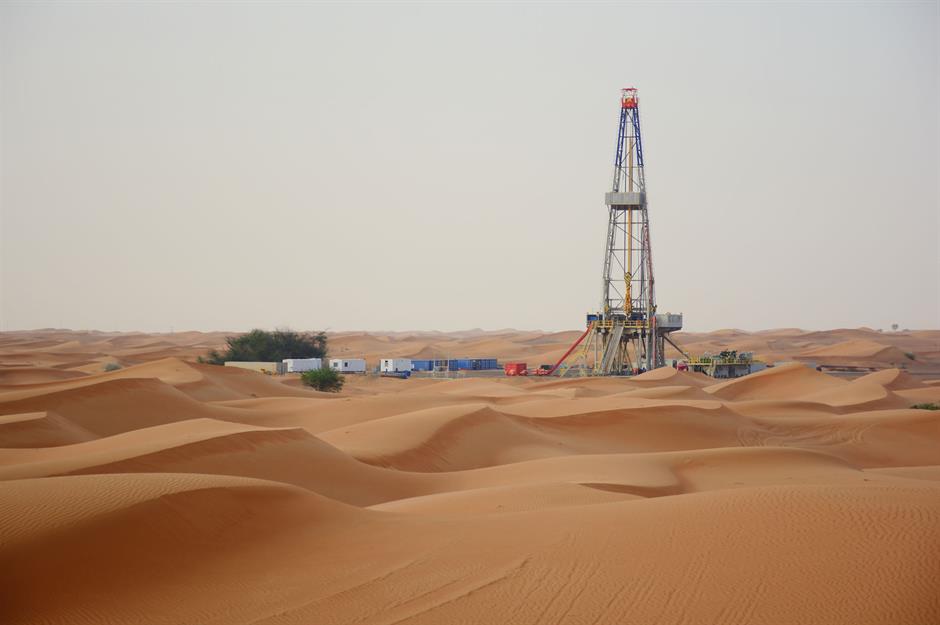
Like other Middle Eastern nations that are rich in oil and natural gas, the United Arab Emirates is highly reliant on fossil fuels.
With Dubai hosting the UN's Conference of Parties (COP28) later this year, many are worried that the oil industry will have too much influence on climate debates ⎯ especially after it was announced that Sultan al-Jaber, CEO of the Abu Dhabi National Oil, would preside over the two-week summit.
One NGO advocate likened it to inviting "arms dealers to lead peace talks". Others, however, have defended the selection of al-Jaber, highlighting that he's worked on green initiatives and served as a climate envoy.
Hong Kong: 99% fossil fuel reliance
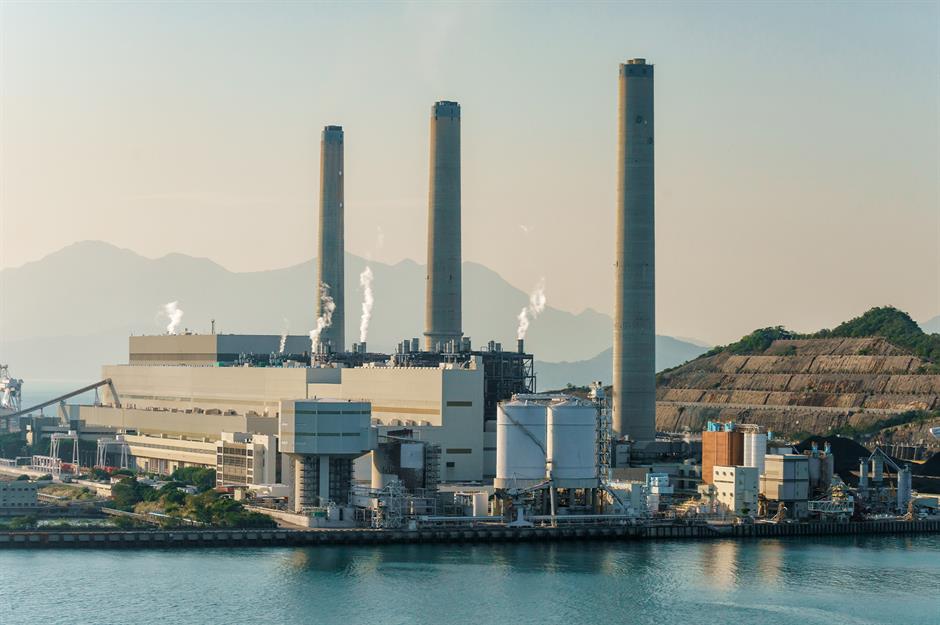
Highly urbanised but also mountainous, Hong Kong has less space than other countries to install solar and other renewable energy sources, making it one of the most fossil fuel-reliant territories in the world.
It does have a goal to be carbon-neutral by 2050, however, although more customised solutions will be required to accomplish this milestone. One example currently underway is a pilot programme that's testing the potential of floating solar panels.
However, the cars, motorcycles, and lorries on its densely populated city streets are the biggest challenge when it comes to tackling fossil fuel energy consumption. Experts report that just building the infrastructure, such as charging points, for electric vehicles won't be sufficient and are urging the government to consider policies that will reduce car journeys.
Singapore: 99% fossil fuel reliance
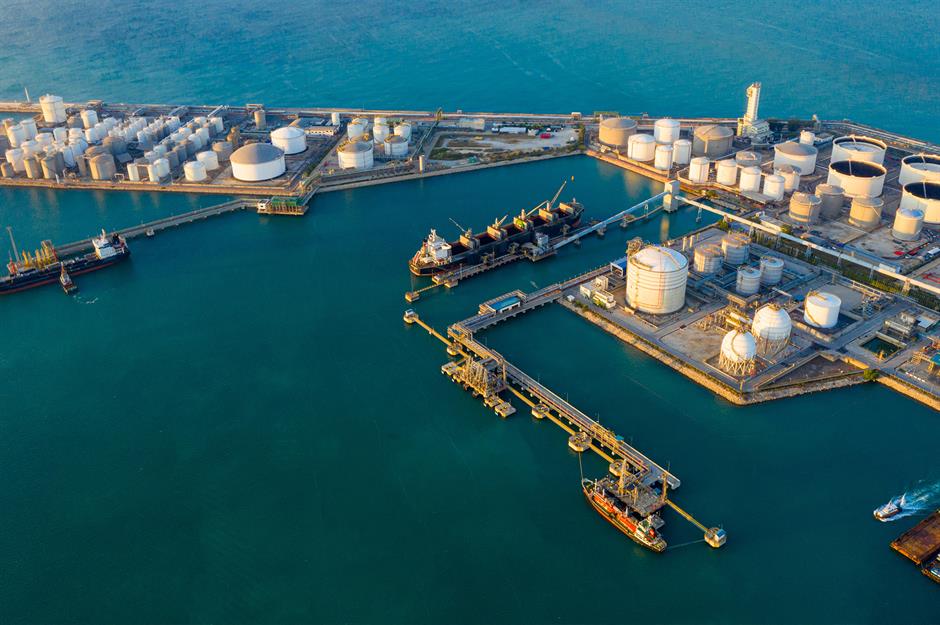
Tied with Hong Kong for its fossil fuel consumption, the city-state of Singapore is heavily hooked on oil, which made up the vast majority of its energy consumption in 2021.
While the government did introduce new emissions standards in October 2022 for fossil fuel power generation, Singapore's economy actually sees huge benefits from these industries.
The country's Jurong Island is a petrochemical hub for global oil companies, while increasing demand across Asia is positioning Singapore as a hot spot for LNG trading.
Saudi Arabia: 100% fossil fuel reliance
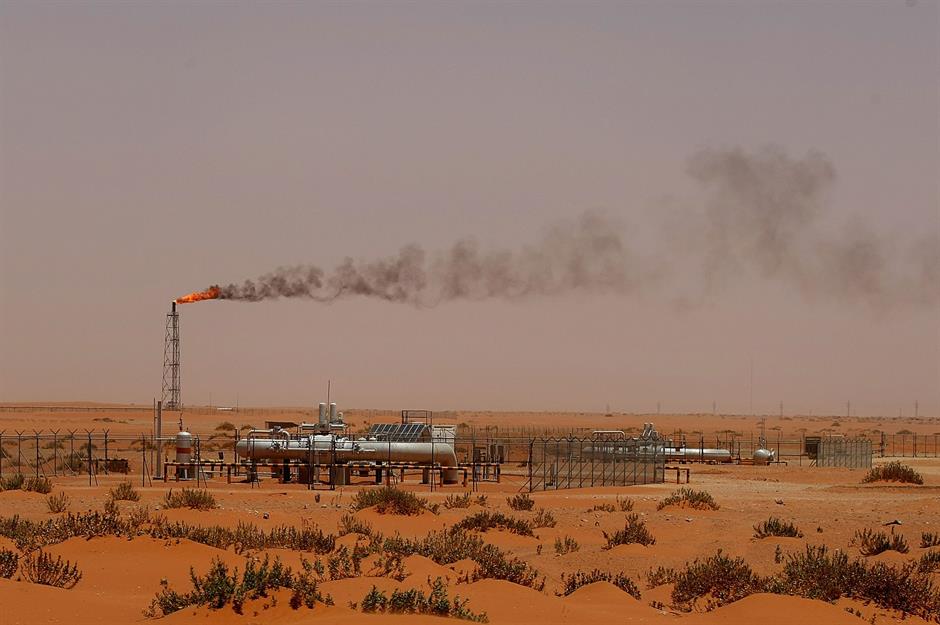
Fossil fuels dominated Saudi Arabia's energy consumption in 2021. The government of the oil-rich Middle Eastern nation provides the fossil fuel industry with the equivalent of tens of billions of dollars in subsidies each year.
The powers that be are taking tentative steps to embrace clean energy, planning one of the region's largest solar power plants, which is expected to be operational by the end of 2025.
This would be right on time to meet the government's goal of generating half of its electricity from renewable sources by 2030 – although similar projects have been promised in the past, only to be scrapped.
Now discover which countries will be ruling the world by 2037
Comments
Be the first to comment
Do you want to comment on this article? You need to be signed in for this feature
Most Popular
Features How Michael Jackson's children boost their bank balances